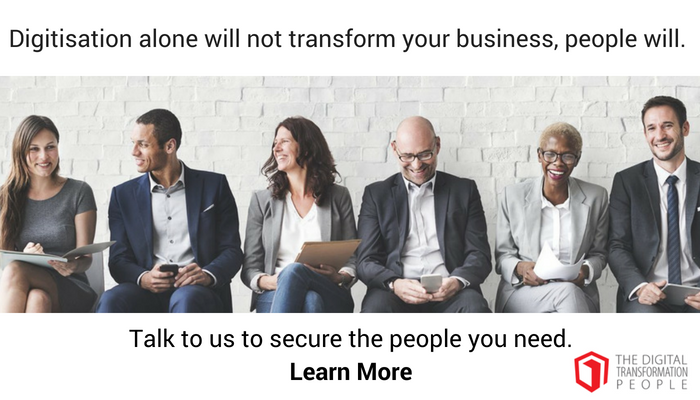In this series, I am introducing you to the twenty superpowers that leaders need to possess to create an environment for resilience. This is an environment in which individuals and teams are resilient in the face of constant change.
Individual resilience is critical when the world around us is volatile, uncertain, complex and ambiguous. Resilience means we can adapt to difficult situations and not just survive but thrive. Unless we do, the stress will overwhelm us, and we will suffer physically and mentally.
Each week we will explore one of those twenty superpowers.
Superpower – The Developer

The Developer creates a culture of learning. When change is constant and ever increasing in speed, leaders need to move from programs of training to a continuous learning and development model that repeatedly builds employees skills and provides a range of formal training options.
Traditional training used to be provided to employees at specific times, for example, onboarding, preparing them for new roles and enabling them to use new technology.
This was okay when the pace of change was relatively steady, but today it is relentless and as a result learning and development need to keep pace.
In addition to the traditional online and offline training courses, we need to expand our thinking to include learning on the job, developing cross-functional projects, enabling employees to share their skills and develop new ones, broadening the knowledge of how the organisation works, using algorithms to match employee skills with enterprise-wide opportunities, and instilling a growth mindset across the entire workforce.
Audit and reskill
Leaders need to determine the skills available today and the skills that will be needed in the future, and perform the gap analysis.
Back in 2013, AT&T undertook a systematic audit of its quarter of a million employees to catalogue their current skills and compare them with skills that would be needed in 2020 as it transitioned from a hardware company to a software company requiring skills in cloud-based computing, coding, data science and other technical capabilities.
The program called Workforce 2020 (WF2020) was a $1 billion initiative to retrain its existing workforce in new skills for new jobs.
The decision to retrain was made due to the limited supply of technical talent and high demand for it, and the high cost of turnover. Retraining employees for new or more highly skilled roles, allowed and organisation to retain valuable organisational specific knowledge. The organisational learning curve was reduced through retraining as opposed to hiring externally.
When the pace of change is outrunning the skills of employees, organizations don’t have time to go out to market for replacement labour with new skills.
It has estimated that, to date, AT&T employees have taken nearly 3 million online courses to help them develop new skills in areas such as cloud computing, data science, agile project management, cybersecurity and application development.
Talent fluidity
Often, organisations are not aware of the talent they possess internally; therefore, they are unable to match it to evolving requirements.
To overcome this challenge, office furniture manufacturer, Steelcase, created an online platform called Loop.
In a nutshell, Loop allows employees to create a profile, work is posted, and a simple algorithm is used to match talent to opportunity. Once the work is complete, profiles are updated.
This has benefits for the organisation and the employee. As new requirements occur, the organisation can quickly locate existing employees who have indicated interest in new opportunities and who have the skills to meet them. Employees can gain experience and develop new capabilities in ways their current jobs simply didn’t allow. This is like having an internal gig economy.
Continuous learning and growth mindset
In 1988, Dutch business executive and business theorist, Arie de Gues wrote that,
“The ability to learn faster than your competitors may be the only sustainable competitive advantage.”
Today, the role of the leader is to help employees continuously learn. This means providing them with the tools and technology they need for increased collaboration, learning on demand, and the ability to find what they need, when they need it and from a variety of sources.
Leaders need to instil a growth mindset into employees.
Growth mindset
Carol Dweck coined the term “growth mindset” in her 2006 book Mindset: The New Psychology of Success.
Her research revealed that individuals who believe their talents can be developed (through hard work, good strategies, and input from others) have a growth mindset. They tend to achieve more than those with a fixed mindset (those who believe their talents are innate gifts). This is because those with a growth mindset worry less about looking smart and they put more energy into learning.
Organisations with a growth mindset are extremely powerful as they are on a continuous journey of learning and development. People are inspired to grow. They feel empowered and committed. There is increased collaboration and innovation.
Leaders must encourage employees. This requires them to be empathetic and understand where the employee is on their journey. They need to help them have courage to put themselves outside of their comfort zone. Having a growth mindset means being prepared to fail but embracing that failure as a learning opportunity.
Leaders can promote a growth mindset organisation by hiring from within. As already discussed, ensure you know the talent that already exists within the organisation. Ensure you know the motivated employees, and then match them with new jobs and opportunities.
Actions
- Encourage an audit of organisational skills and capabilities
- Audit your own team’s skills and capabilities.
- Work with the team, your colleagues and peers to determine the skills required by the end of the next ten years.
- Identify the gap and determine actions to bridge the gap.
- Action learning and development programs to provide employees with the new skills required for the roles of the future.
- Encourage continual learning and development.
- Get employees to set learning and development goals and objectives.
- Discuss the progress towards the goals on a regular basis.
- Hire new roles from within.
- Instil a growth mindset in your employees.
Article by channel:
Everything you need to know about Digital Transformation
The best articles, news and events direct to your inbox
Read more articles tagged: Featured, Leadership









